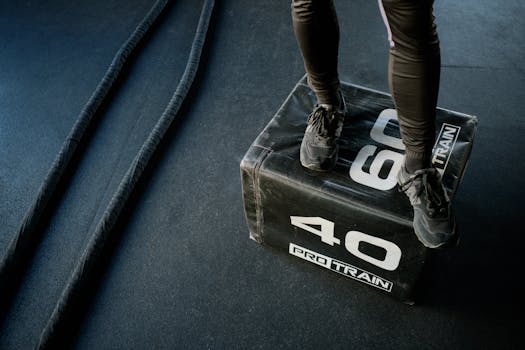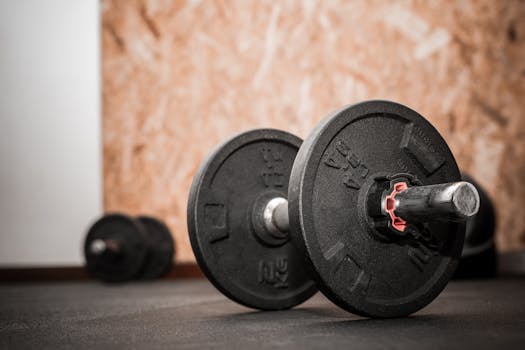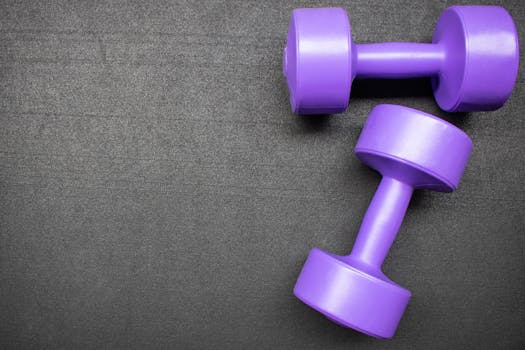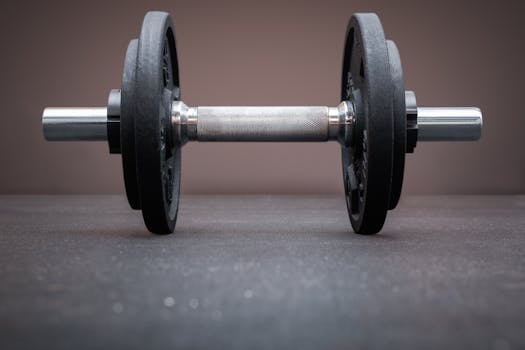
Unlocking Fat Loss: The Power of High-Intensity Interval Training (HIIT)
Takeaways: High-Intensity Interval Training (HIIT) is an effective and time-efficient workout method that enhances fat loss and boosts metabolism. It involves short bursts of intense exercise followed by brief recovery periods. Incorporating HIIT into your routine can lead to significant improvements in cardiovascular health and body composition.
High-Intensity Interval Training (HIIT) has taken the fitness world by storm, and for good reason. It is not just a passing trend but a scientifically-backed method for achieving fat loss and improving overall fitness. This article explores the benefits of HIIT, how to get started, and tips for maximizing your workouts.
What is High-Intensity Interval Training?

The Science Behind HIIT and Fat Loss

- Increased Caloric Burn: HIIT workouts can burn a significant number of calories in a short time, often exceeding the calories burned during longer, moderate-intensity workouts.
- Afterburn Effect: Known as excess post-exercise oxygen consumption (EPOC), HIIT can elevate your metabolism for hours after your workout, leading to additional calorie burning even while at rest.
- Muscle Preservation: Unlike long-duration cardio, HIIT can help maintain lean muscle mass while promoting fat loss. This is crucial for achieving a toned physique.
- Time Efficiency: HIIT workouts can be completed in as little as 20-30 minutes, making it easier to fit into a busy schedule.
How to Get Started with HIIT
If you’re new to HIIT, it’s important to start slowly and gradually increase the intensity of your workouts. Here are some steps to help you get started:
- Choose Your Exercises: Select a mix of cardiovascular and strength exercises. Common choices include sprinting, cycling, jump rope, burpees, and bodyweight exercises like push-ups and squats.
- Decide on Work-to-Rest Ratios: A common ratio is 1:1 (e.g., 30 seconds of work followed by 30 seconds of rest). As your fitness improves, you can try increasing the work period or decreasing the rest.
- Warm-Up and Cool Down: Always include a warm-up before starting your HIIT workout to prepare your body and a cool-down afterward to aid recovery.
- Start with Short Sessions: If you are new to exercise, start with shorter intervals and fewer rounds. Gradually increase the duration and intensity as your fitness improves.
- Stay Hydrated: Drink plenty of water before, during, and after your workouts to stay hydrated.
Maximizing Your HIIT Workouts

- Focus on Form: Proper technique is crucial to prevent injuries. Ensure that you are performing exercises correctly, even at high intensity.
- Vary Your Workouts: To avoid plateaus and keep things interesting, change your exercises and routines regularly.
- Listen to Your Body: HIIT is intense, so pay attention to how your body feels. If you’re overly fatigued or in pain, allow for adequate rest and recovery.
- Track Your Progress: Keep a log of your workouts to monitor improvements in your performance and adjust your routines accordingly.
Conclusion








